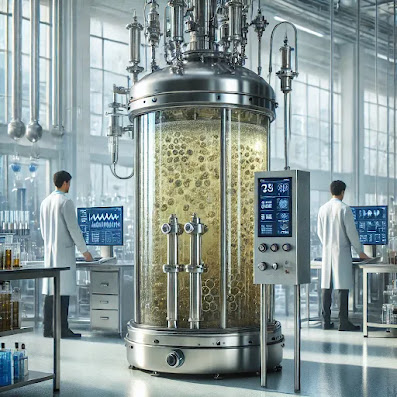"Cloning: Biotechnology’s Path to Genetic Replication and Innovation" #sciencefather#researchawards#Scientist#Scholar#Researcher #Cloning #GeneCloning #DNAReplication #CRISPR #GenomeEditing

Cloning Cloning is a biotechnological process that involves creating genetically identical copies of a biological entity, such as a cell, tissue, or organism. It can occur naturally (e.g., bacterial binary fission, asexual reproduction in plants) or be artificially induced in laboratories for research, medical, and industrial applications. Types of Cloning Reproductive Cloning Produces a living organism genetically identical to the donor. Example: Dolly the sheep , the first cloned mammal using somatic cell nuclear transfer (SCNT). Therapeutic Cloning Creates embryonic stem cells for medical research and regenerative medicine. Used in tissue engineering and disease modeling . Gene Cloning (Molecular Cloning) Involves copying specific genes for research, drug development, and genetic modification. Uses plasmids , restriction enzymes , and PCR (Polymerase Chain Reaction) . Key Applications of Cloning Biopharmaceuticals : Producing genetically modified bacteria to manufacture in...






